According to fossil records and other scientific evidence, large marine reptiles like alligators might have been a part of the ocean’s food chain and life cycle for millennium during prehistoric times. While alligators might be sighted infrequently on beaches or near ocean shores, they still influence marine life today. One scientist’s research shows giant isopods feeding on an alligator carcass that was dumped into the Gulf of Mexico. Find out why this researcher decided to deposit alligator carcasses into the gulf and what he discovered from doing so.
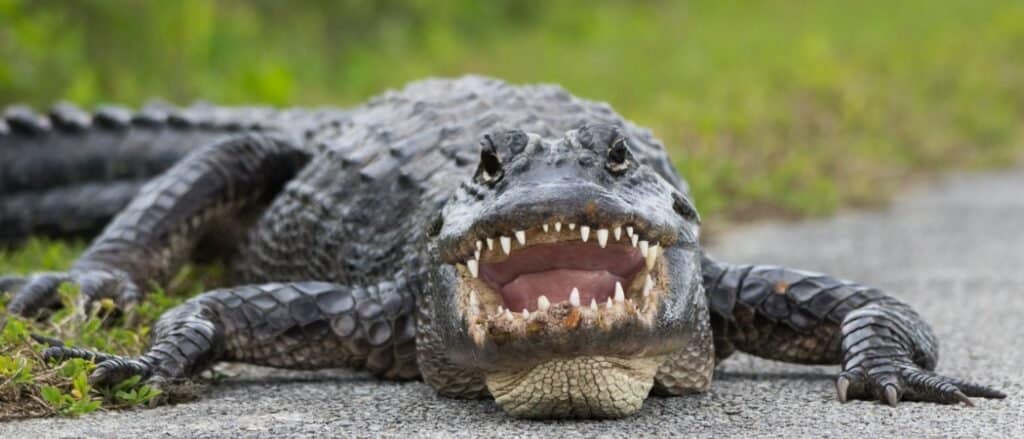
©iStock.com/tobiasfrei
Background on the Gulf of Mexico
The Gulf of Mexico is a body of water connected to the Atlantic Ocean that is engulfed by Mexico and the southeastern United States. Within the Gulf of Mexico lie small islands like those off the coast of the Yucatán Peninsula. The entire area of the Gulf of Mexico stretches approximately 600,000 square miles.
Climate in and around the Gulf of Mexico is subtropical and tropical. Something unique to this region is the abundance of hurricane activity. Several hurricanes occur within the gulf every year during summer and fall months. For instance, Hurricane Katrina, which moved into the Gulf of Mexico in 2005, devastated New Orleans, Louisiana.
Animal life in the Gulf of Mexico is diverse and numerous. Vampire squid, five sea turtle species, and massive whale sharks all call the gulf home. One interesting fish species, the Atlantic bluefin tuna, are found in this region. Although they have been threatened by overfishing in the Atlantic Ocean, bluefin tuna have moved into the Gulf of Mexico to reproduce and seek conservation.
However, the Gulf of Mexico has not always been a key place for conserving wildlife. Oil drilling in the area poses a formidable threat to plant and animal life within the gulf. In 2010, the Deepwater Horizon oil spill was reported as the largest oil spill on record. After a core was fractured on the rig due to a natural gas leak, oil seeped into the ocean. Of the workers on the rig, 11 were killed. There is discrepancy over how much oil leaked into the Gulf of Mexico, but the number lies between at least 1,000 barrels of oil per day to up to 60,000 barrels of oil per day. Needless to say, animal life within the gulf was dramatically affected by the oil spill, and BP was held responsible for the spill.
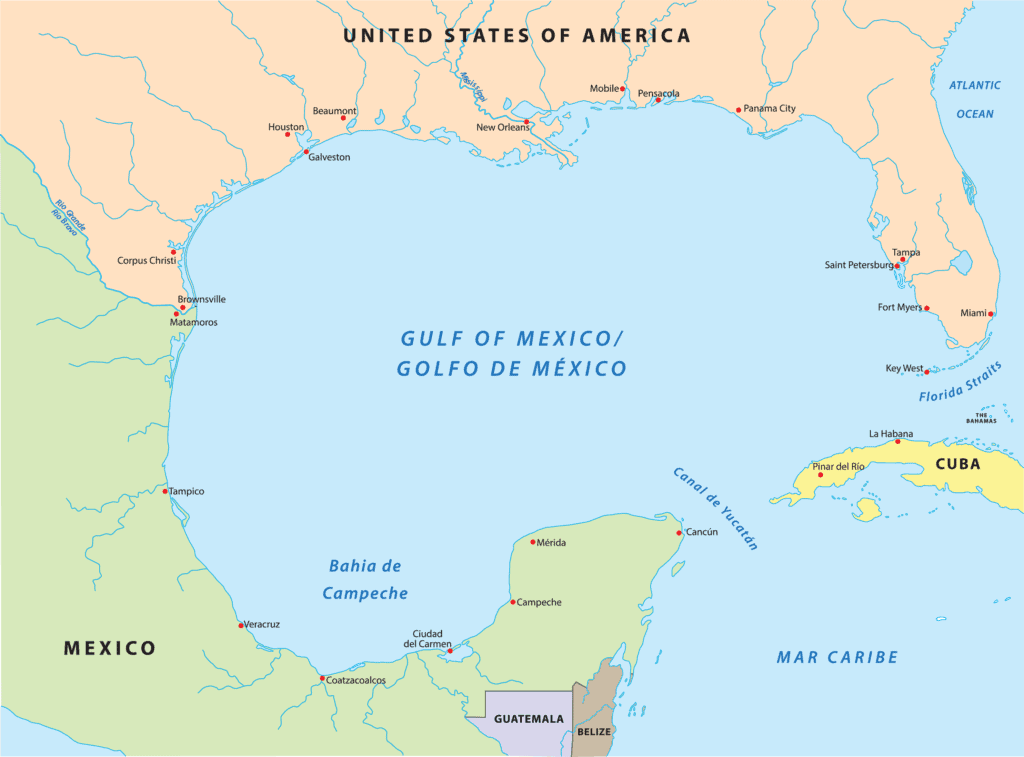
©Rainer Lesniewski/Shutterstock.com
What Lurks on the Ocean Floor?
Although approximately 97% of Earth’s water is stored in its vast oceans, over 80% of these oceans have been undiscovered. In fact, scientists have a better idea of what Mars looks like than what lurks in our own oceans. Thus, scientists have made considerable efforts to discover what lives below the ocean’s surface in a wave greater than ever before. A boom of ocean discovery is happening, but whether humanity will be able to significantly decrease the percentage of undiscovered area is unknown.
In 2022 alone, several new ocean discoveries have been recorded. Many of these discoveries have wowed scientists while others have been completely unexplainable. For instance, biologists found a living creature on the Caribbean seafloor that appeared as a blue slime. They named it the “blue goo.” Scientists still aren’t sure what the blue goo is and why it is there.
A main reason for why ocean discovery is so important is because many ocean organisms produce elements that can be useful to modern medicine. Anti-inflammatories and anti-cancers can be found on the seafloor, meaning that the cure to cancer could lie far beneath sea level. Furthermore, ocean floor discovery allows scientists to know what can be threatening or what is threatened. From there, conservationists can take the necessary steps to protect sea life at further depths.
The National Oceanic and Atmospheric Administration launched Voyage to the Ridge 2022. The goal of this mission was to engage in further discovery of the Mid-Atlantic Ridge. The Mid-Atlantic Ridge is the longest mountain chain on Earth or, rather, under the Earth. The entire range is underwater with a few mountain tops rising above sea level. This journey led to the discovery of the blue goo discussed above.
The Voyage to the Ridge led to 20 new species discoveries, ecosystem exploration, the discovery of new seafloor, and the mapping of new areas within the Mid-Atlantic. One sighting that has scientists and ocean enthusiasts baffled is the encounter of holes on the ocean floor. At approximately 8,000 feet below sea level, scientists on the voyage found little holes, which were spaced evenly and distributed linearly. The holes remain a mystery, though. Some believe an animal burrowed up through the ocean floor to receive oxygen. Others attribute the phenomenon to animals poking down through the floor to find invertebrates and other small animals for food.
Another incredible discovery takes shape in the ancient Greenland shark. Greenland sharks had lived deep below the surface for centuries, but they lived near Arctic regions with colder temperatures. Finding a Greenland shark in a tropical zone like the Caribbean was not only surprising but an incredible breakthrough for researchers. One biologist named Devanshi Kasana described the creature as “prehistoric.”
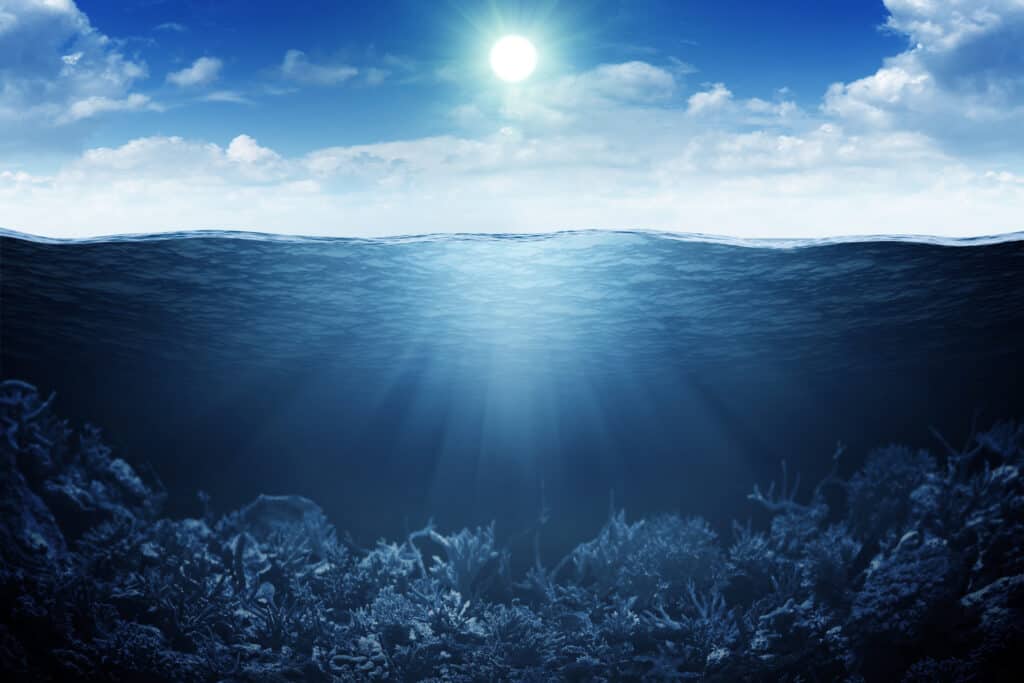
©iStock.com/Korovin
Dead Alligators in the Gulf of Mexico
In the past few years, dead alligators have been deposited into the Gulf of Mexico. But why? One marine biologist has the answer. Craig McClain is the scientist that decided to drop dead alligators in the gulf for research related to what lurks on the ocean floor. He wanted to know how deep-sea animals would react when given a massive reptile for food in a place where little sustenance exists.
Those that took to the alligator meat include giant isopods. Giant isopods are rolly polly looking creatures that stretch to about a foot in length. These animals began to devour the alligator carcasses by searching for the soft spots on the alligator’s body. This way, the giant isopods did not have to break through the alligator’s tough skin to find its juicy, delectable meat.
Giant isopods rarely receive enough to eat. They rely on decomposing marine animal morsels to fall to the seafloor for food. However, these bits of food rarely come down quickly or in abundance. Thus, giant isopods must go for extended periods without any food at all. These timeframes without food can last for a few months to several years. Therefore, the introduction of a massive alligator carcass to the seafloor allowed giant isopods to engage in a kind of feast like they might not have ever experienced before.
These giant isopods were so enthralled with the alligator that they began to tunnel inside the alligator carcass for food. They were basically devouring their meal from the inside out. The giant isopods weren’t the only ones eating, though. McClain tried a giant isopod for a snack once. Although, it’s no surprise that the scavenger wasn’t quite his taste.
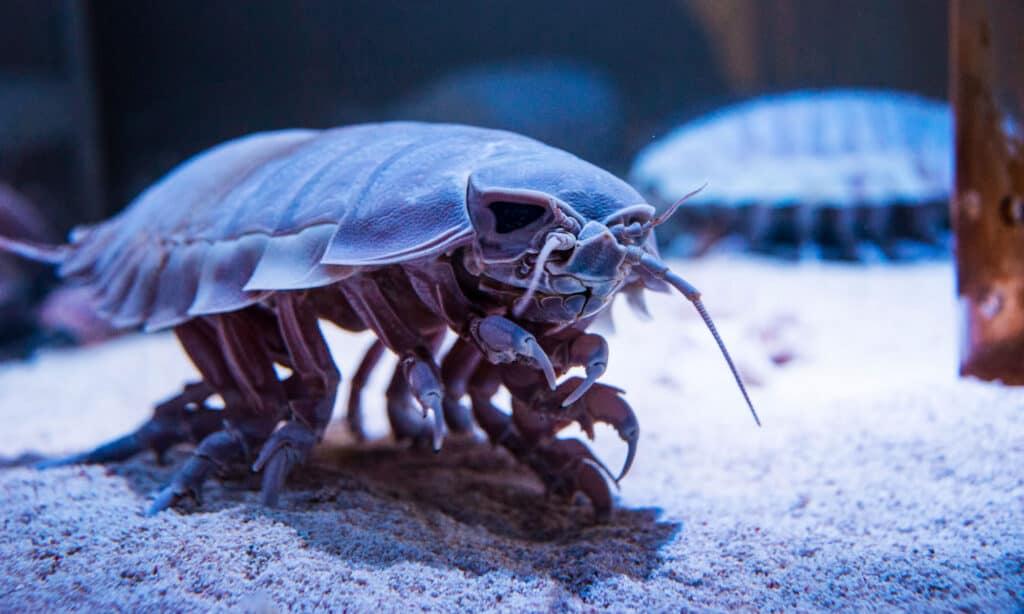
©kikujungboy CC/Shutterstock.com
Of all the animals to drop into the Gulf of Mexico, why alligators? Although it may be shocking, finding alligator carcasses in the Atlantic and in the gulf isn’t uncommon. Many dead alligator hides have washed ashore following storm and hurricane activity. Furthermore, alligators find sharks and stingrays to be tasty snacks. Many times, marine animals that make their way into rivers and lagoons will be eaten by alligators living there.
Many believe that large reptiles like alligators were a part of the food chain within the deep ocean during prehistoric times. Fossils of certain sea creatures have made scientists wonder whether the ancient food chain hinged on the presence of deep-sea reptiles. The death of ancient deep-sea reptiles would have allowed for other bottom dwellers to use their bodies as a source of food. Overall, the introduction of alligator carcasses into the gulf’s seafloor likely brought back elements of the original food chain process from ancient times.
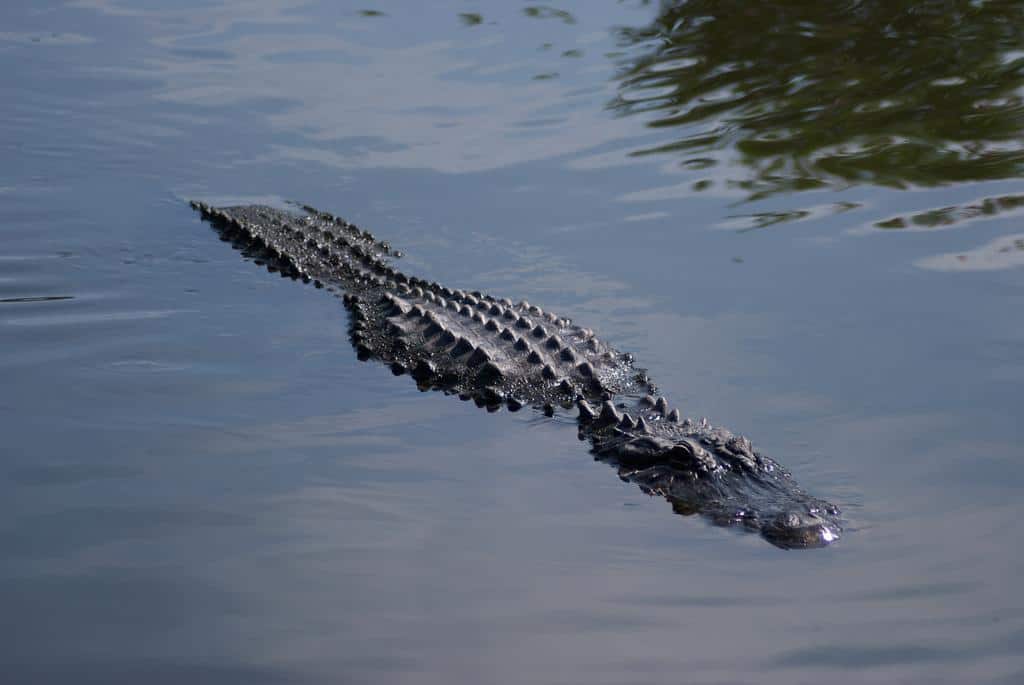
Up Next
- The 7 Biggest Sharks in the Gulf of Mexico
- Alligator Lifespan: How Long do Alligators Live?
- What Lives at the Bottom of Challenger Deep?
The post Discover Why Scientists Are Dropping Dead Alligators into the Gulf of Mexico appeared first on AZ Animals.
from Animal News, Facts, Rankings, and More! - AZ Animals https://ift.tt/Gz02OPT